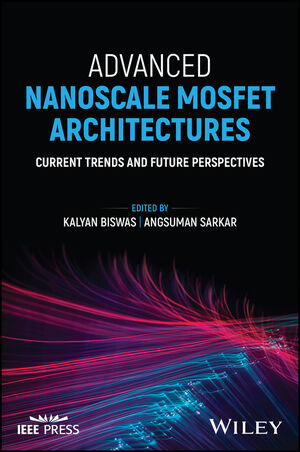Silicon Chip Industry Awareness Workshop Seminar
Don't take our word for it … ask our past attendees. "Thank you for such an insightful class yesterday. It was the most useful training session I have had. I learned an incredible amount and I appreciate your time. What is so exciting about this field is that it is not only a lesson in physics but also chemistry, history, philosophy, geography, economics and so on."
Gain a competitive edge in the Semiconductor Industry by learning how the IC industry works from the science that enables silicon chips to be made from sand to the market fundamentals that drive applications and economics. Experience the industry through Listen, Discuss, See, Touch, and Learn activities and enjoy improved job satisfaction and operational efficiency.
Priced at just UK£795 plus 20 percent UK VAT per delegate, the fee includes copies of presentation materials, coffee breaks and lunch. Workshops can also be held in-house for your added convenience and flexibility. To preserve course integrity, space is limited, so don't wait – Secure Your Spot Today at: https://www.futurehorizons.com/page/12/silicon-chip-training
Past Attendee Comments
* "As a non-technologist, it was very beneficial to have these issues so clearly explained"
* "The seminar provided a good basis to understanding the industry"
* "It was GREAT! I can't remember a day of a similar density"
* "I finally understand how to recognize products & their use in technology"
* "This has helped me structure my thoughts & plans for the company"
* "It gave me deeper insight into the industry in a way difficult to obtain anywhere else"
* "This will be very useful when involved in our core business development discussions"
Book Your Place by Email
Please pass to your HR Department or a colleague if already attended or not suitable for you.
-- Sincerely -- Malcolm Penn, Chairman & CEO;
Future Horizons; Registered Company: 4380991
Blakes Green Cottage, Sevenoaks, Kent TN15 0LQ, England
Tel: +44 (0)1732 740440
Follow us on Twitter @Future_Horizons and
join our Linked In Group (http://uk.linkedin.com/in/malcolmpenn)
and receive regular industry news, information and comments.



